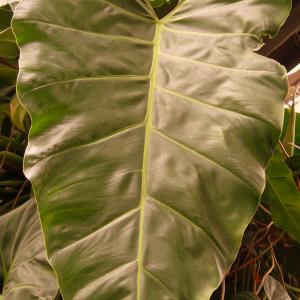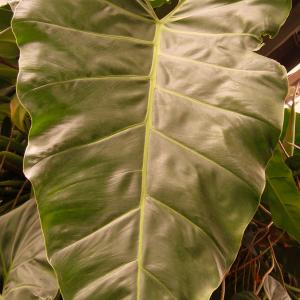Plant Experience
Detail
When a Philodendron has droopy leaves, it can mean that it is getting too little or too much water. The surface of the soil should be dry, but when you insert your index finger into the soil up to the first knuckle, you should find that the soil is slightly moist at this level.
Philodendron is also called anchor philodendron because it produces long, ropelike aerial roots near the base. If the areal roots wander out of the pot, tuck them back in or wind them loosely around the soil in the top of the pot. Cutting them off doesn’t hurt the plant, but save them if you plan to repot the plant soon. At repotting time, shorten them as necessary and work them into the soil to get the plant off to a strong start.
The best way to clean a Philodendron is with a soft, damp cloth, one leaf at a time. Support the leaf by placing your hand under it and wipe gently. Clean both the upper and lower sides of the leaves.
Philodendron is also called anchor philodendron because it produces long, ropelike aerial roots near the base. If the areal roots wander out of the pot, tuck them back in or wind them loosely around the soil in the top of the pot. Cutting them off doesn’t hurt the plant, but save them if you plan to repot the plant soon. At repotting time, shorten them as necessary and work them into the soil to get the plant off to a strong start.
The best way to clean a Philodendron is with a soft, damp cloth, one leaf at a time. Support the leaf by placing your hand under it and wipe gently. Clean both the upper and lower sides of the leaves.
Album (1)

Plants Encyclopdias
2016-08-17

Name: Philodendron maximum
Latin: Philodendron maximum
Origin: South America
Plant height: 50 - 150 cm
Reproduction: #Stems
Difficulty level: #Medium
Tags: #SouthAmerica #Philodendronmaximum

Latin: Philodendron maximum
Origin: South America
Plant height: 50 - 150 cm
Reproduction: #Stems
Difficulty level: #Medium
Tags: #SouthAmerica #Philodendronmaximum

Elite Article













